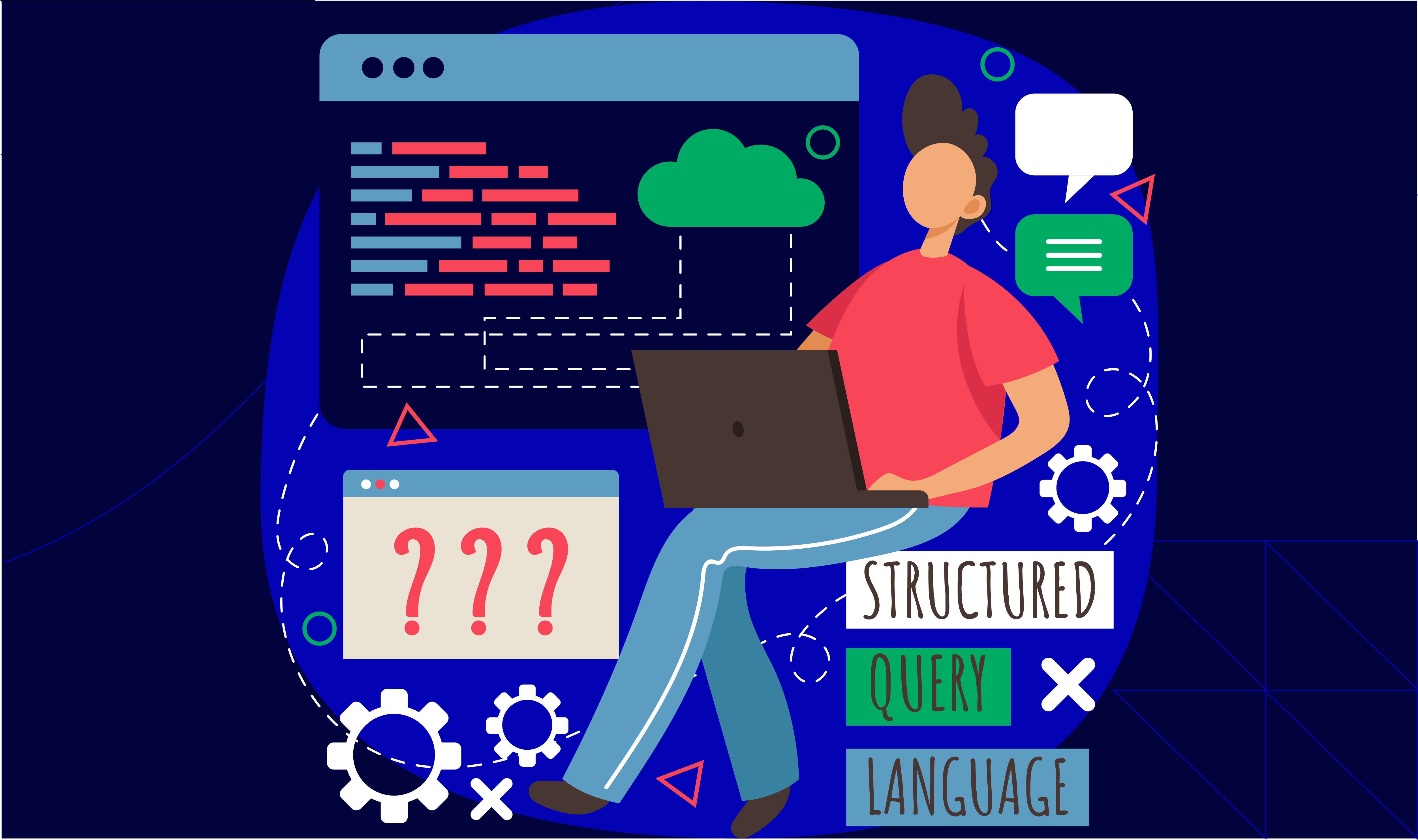E-commerce operations presuppose a lot of hard work that lays the ground for the huge sales figures that are flaunted at the end of a financial year. However, if you are running a business, you’ll agree that a lot of repetitive work gets done every day that can take up most of the workday for an employee.
For CX leaders, operations managers and directors in consumer brands or D2C businesses across the US, UK & Australia, managing these repetitive workflows efficiently is critical for consistent customer experience and scalable growth.
This is the point at which microtasking strategies become relevant. With an automated workflow, you will have complete control over what each employee is working on. Typically, you must allocate high-priority tasks to selected employees, with AI-powered microtasking tools automating the repetitive, menial jobs, thus saving considerable time.
In other words, microtasking brings transparency and structure to distributed teams. Enabling you to optimize accuracy, speed and cost simultaneously. Atidiv’s clients have seen up to 80% time savings and 50% cost reduction using similar workflow frameworks (see case study).
What is Microtasking?

Microtasking is used by businesses to bring more efficiency to the daily workflow allocated to employees. It is achieved by–
- Breaking down complex tasks into simpler bits that are easy to explain to the employees. This streamlining of the tasks also makes them more manageable and the performance of employees quantifiable.
- Faced with a big task, employees often start doubting their abilities. Smaller, goal-based tasks make things less daunting for them, and they can perform better.
- Using advanced microtasking tools that can allocate tasks according to employee capability. If carried out properly, this step could prove to be genius, leveraging the strengths of individual employees to yield a business advantage.
It is interesting to note here that most businesses outsource the microtasking software they use at work. According to data, the total outsourcing industry is worth 400 billion dollars, of which a substantial chunk is claimed by microtasking.
Atidiv’s microtasking solutions go a step further by combining human inclusive workflows with automation to maintain 98–99% data accuracy for global brands (learn how Atidiv enabled $20M+ savings and 95%+ quality for a leading aggregator).
What Microtasking Strategies Actually Work?

Microtasking is one of the most effective tools to make use of if you are looking to streamline your work processes. It is also highly effective for task allocation, thus enabling you to allocate your resources efficiently and make the most out of them. These are proven strategies adopted by leading consumer brands and D2C companies to boost CX efficiency.
Identifying and Automating Repetitive Tasks
Successful businesses do not spend time doing the same things day in and day out. Sure, these things are guaranteed to bring success, but focusing solely on them would mean missing out on other processes that could also potentially fuel growth. These are some of the tasks that are repetitive and can be automated so that employees can focus on other important processes.
- Inventory Management: Although inventory management is one of the most important tasks that needs to be done regularly, there are ways to automate it. Businesses worth their salt automate the processes of tracking their profitable stocks and reordering based on market trends. Therefore, what you need to do as a business is let your capital engender the process of further capital building. If you are a small business and are facing issues with cash flow, chances are that you might have overstocked, because 42% of small enterprises face this problem.
- Automating Order Processing: A lot of work needs to be done once a customer places an order with a business. Firstly, the order needs to be confirmed based on information from the inventory about the availability of resources. Secondly, the billing and shipping label has to be printed. Lastly, a shipping notification must be promptly sent to the customer, and to avoid delays, trust customer relationship systems from Atidiv. Automation through microtasking can integrate these steps seamlessly while improving fulfillment speed and customer experience. You can well understand how smoothly these processes can run once these automation microtasks function as an integrated unit.
- Customer Service and Marketing: Although these are very important tasks that need to be completed successfully, they are also ones that can be automated with social media support and live chat services. These services are some of the best out there in the market because they address customer queries and issues efficiently without losing the human touch in the interaction. For instance, Atidiv’s omnichannel support teams have helped clients achieve up to 65% employee cost savings while maintaining high CX quality (see case study).
Utilising Task Management Tools
While microtasking can get things done, it is also important to track the entire process through relevant channels. Task management tools like Trello or Asana let you organise the team you need to accomplish a task, allocate the workload, set deadlines, and finally track the work in progress. Task management tools are becoming so essential to get work done that their market size will grow to 11.94 billion dollars by 2034.
While you may hire the best candidates through careful selection, they might be susceptible to burnout due to the workload. Therefore, it is important to break down their tasks into small, deadline-bound chunks. For instance, the Pomodoro technique divides tasks into 25-minute intervals followed by breaks. Applying this method improves focus among employees, and they can deliver better outputs for your business.
By embedding microtasking within a structured project management ecosystem, CX leaders gain visibility, improve accountability and build predictable delivery pipelines which are critical for maintaining SLA consistency across global teams.
Prioritising and Delegating Tasks
To deliver the best services to the client, you need brilliant managerial skills that help you categorise the work for allocation. The workflow for work delegation is thus –
- Identifying and prioritising tasks
- Choosing delegates who have the right skillset
- Setting clear expectations
- Training employees to empower them
- Monitoring progress through automation
- Finally, adjusting according to requirements
This workflow breakdown works if it is followed strictly and in order. The best way to make this method work is by setting objectives and key results (OKRs) for employees so that they know what is expected of them. Thereafter, quantify the performance metrics with the help of KPI (Key Performance Indicator). Atidiv’s managed microtasking programs achieve KPIs above 99%, validating the impact of structured delegation and QA frameworks.
Leveraging Data and Analytics
In a competitive market, data is a tool that serves you best in keeping you ahead of competitors. You do so by analysing data that offers you valuable insights on what needs to be prioritised or what needs a ramp-up. These are the ways in which it works –
- Segmentation of customers based on analysis of market data
- Inventory management informed by such analysis
- Analysis of website traffic to understand more about customer demographics
When paired with microtasking workflows, data analytics helps CX teams identify inefficiencies faster, optimize campaign strategies and align staffing to demand. Thus, the work process of your business is streamlined with a structure that is built for optimising resources for enhancing revenue. The 307.52 billion USD data industry is growing at a steady rate because of businesses that are investing in it for sustained growth.
What are the Benefits of Microtasking?

Discussing the definition of microtasking, we have already come across the obvious benefits of microtasking, such as setting smaller goals and optimising employee capabilities. Let us now try to understand a few other advantages:
- Flexibility: Businesses get a lot of flexibility as far as scheduling of work is concerned. Based on the priority level and expected turnaround time of a task, it could be scheduled strategically for maximum output. Furthermore, the best possible roadmap structuring for project completion can be done because, thanks to a visual timeline, you know when your best employees will be free.
- Enhanced Focus: The best thing about microtasking is that it does away with multitasking. Your employees are focused on a single aspect of a project at a time, thus reducing the chances of errors and foibles. In other words, you can achieve the benefits of multitasking by the sheer effectiveness of structuring the workflow, rather than by overburdening one employee.
- Lowered Anxiety: With less work on their hands and ability to focus better, employees will have more satisfaction with the way they accomplish their work. Therefore, their anxiety levels are bound to drop, resulting in their overall well-being. An employee who is not anxious will work with more dedication and thus be an asset to your company.
By integrating structured microtasking, companies also strengthen CX reliability, ensuring consistent delivery standards across regions and time zones while enhancing overall team well-being.
Atidiv’s AI-powered microtasking, automation and human inclusive models have empowered global D2C brands to scale operations while ensuring precision and transparency. Whether it’s CX support, catalog management or fraud detection, Atidiv delivers measurable ROI through adaptive workflows and data-backed efficiency.
FAQs on Microtasking Strategies: Boosting Efficiency in E-commerce Operations
1. Why is prioritising certain work important for the successful completion of the daily workflow?
As a business, you are sure to handle several clients simultaneously. Segregating high-value clients from others is necessary so that you can prioritise their projects and increase your chances of being re-selected for subsequent projects. Therefore, prioritising certain projects over others and allocating work accordingly is imperative for yielding the maximum value from the work delivered.
2. How does microtasking set standards of work to promote transparency?
The best microtasking tools will give you the latest updates on the work in progress. Additionally, you will also get to see real-time data on how individual employees handled their work in terms of time taken and quality delivered, among other metrics. Conversely, employees will also be able to see the goal you have set for them, enabling them to self-evaluate their work. Therefore, a general transparency can be maintained at all levels with the help of microtasking tools.
3. Why is inventory management so important even for a small business?
Inventory management becomes all the more important for small businesses because it helps manage the cash flow better. Overinvesting in inventory goods can stall other processes of the business owing to a lack of capital. Therefore, to ensure a steady and even flow of cash throughout all stages of work, deploying a good microtasking tool is crucial.

